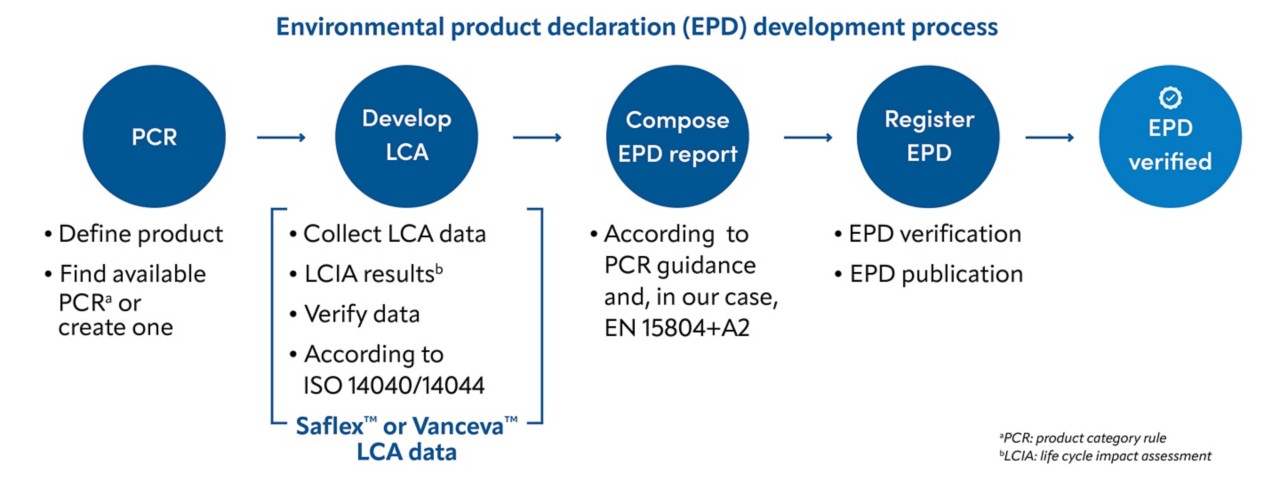EPDs and LCAs are necessary for engineers and architects to perform buildings life cycle assessment. In particular, verified LCA data enables them to assess embodied carbon and identify and reduce the environmental impacts associated with the use of building materials.
Embodied carbon assessment and reduction and the use of 3rd party verified LCA or EPDs are increasingly being pushed by new regulations (France, Denmark, Netherlands, Toronto, etc.).
The use of EPDs is also strongly encouraged by green building certifications and enable earning credits by maximizing the number of materials that have a verified 3rd party LCA or EPD.







